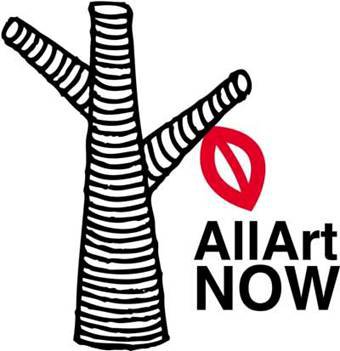
Focus – Friday, March 17 – 2pm
This post is also available in: Français (French)

Focus – Friday, March 17 – 2pm
Presentation :
AllArtNow was formed in 2005 by the artist Nisrine Boukhari and the curator Abir Boukhari. It is the first independent collective space in Syria focused to contemporary art. The organization closed its doors in Syria at the end of 2012 to provide space to Syrian refugee families and began operating as a nomadic space.
2019 marked the beginning of a new era with the opening of the AllArtNowLab art space in Stockholm. Since its inception, the venue has served as a hub for local and international artists, curators, and audiences. We collaborate effectively with local, regional, and international partners.
To know more about AllArtNow : www.allartnow.com
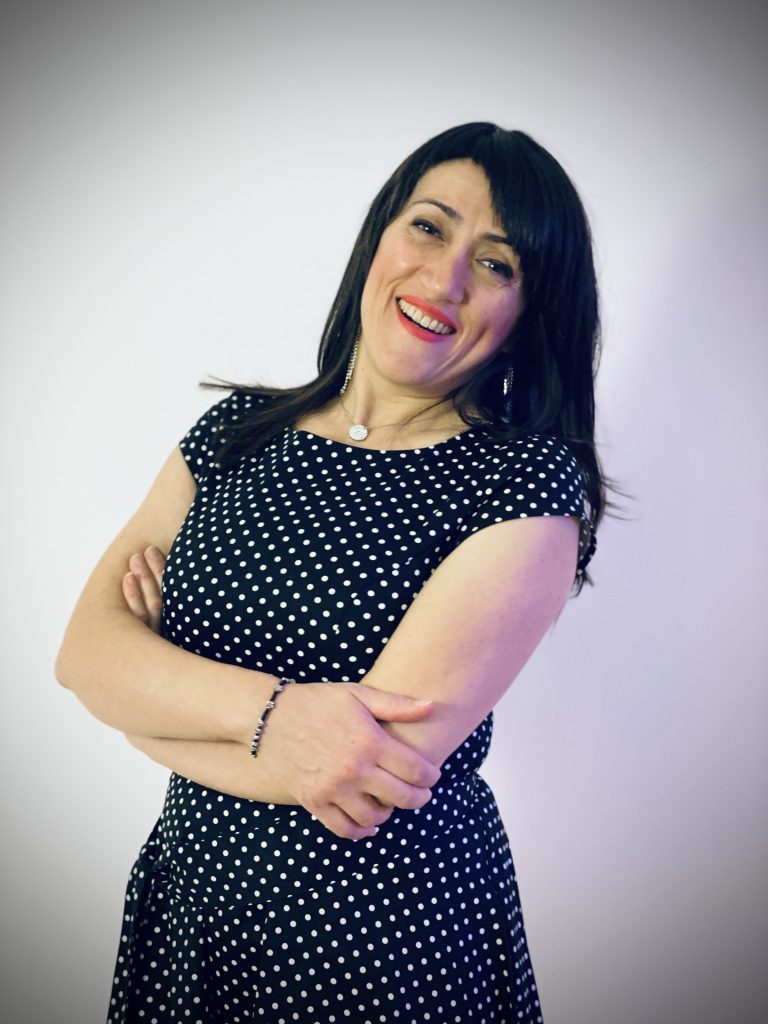
Curator : Abir Boukhari
Abir Boukhari is an independent curator based in Stockholm, Sweden since 2015. She is also the director, curator and co-founder of AllArtNow (www.allartnow.com), an independent collective space for contemporary art, which was founded in Damascus, Syria, in 2005, but has turned into a nomadic space since the war broke out in 2012. In 2019, AllArtNow opened a project space in Stockholm (AllArtNowLab), where Boukhari curated and directed several projects and collaborations.
Abir’s work can be described as trans-disciplinary curatorial research. Her projects and exhibitions reflect an interest in socio-political issues.
She has curated several exhibitions and projects to several art institutions, including Botkyrka konsthall, The World Culture Museum, Sörmland Museum, Jönkoping Läns Museum (Sweden), Pori Museum (Finland), among many others.
Presentation of the programme :
Into Uncertain Present
The art residency acts as a mechanism to encourage and support intellectuals, artists, and cultural workers in the process of their artistic research and creative development. It fosters sustainability for the artistic body of ideas in an inclusive open society.
The pandemic crisis illuminates the value of creativity and the ways that new ideas can be generated in uncertain times.
The strategy for many art residencies has been implemented through the virtual exchanging of artistic experience and many questions have been raised about the digital residency. Would it be more applicable in the future? Will we develop and adapt new formats for the art residency?
We explored virtual residency from 2020 to 2022, when we organised three events.
The residency process unfolded through webinars, first proposing the project, then giving the artists time to meet, discuss the concept, produce new work, and finally exhibit the works in venues in Stockholm and other partners.
Albert Camus’s quotation inspired our concept of the residency: “Until now I always felt a stranger in this town, and that I’d no concern with you people. But now that I’ve seen what I have seen, I know that I belong here whether I want it or not. This business is everybody’s business.” The Plague.
In the novel, the narrator is a stranger who finds himself separated from his own home and his wife because of the Plague which invaded Oran City. First, he is looking for a way to escape the city but later on, he decides to stay to support the others in solidarity.
This collective fight against the pandemic leads to equality and belonging, where all people experience a form of exile, live in isolation, separate from their beloved, and fight against death; we are all prisoners, sharing the fear and the uncertainties of the moment.
Do we understand the plague as a collective disaster that we all must fight against in support of each other? Or, do we experience distress as individuals and believe that one’s own pain is unique and separate? Does this encourage solidarity and compassion between humans or is it a reason to blame each other?
Abir Boukhari
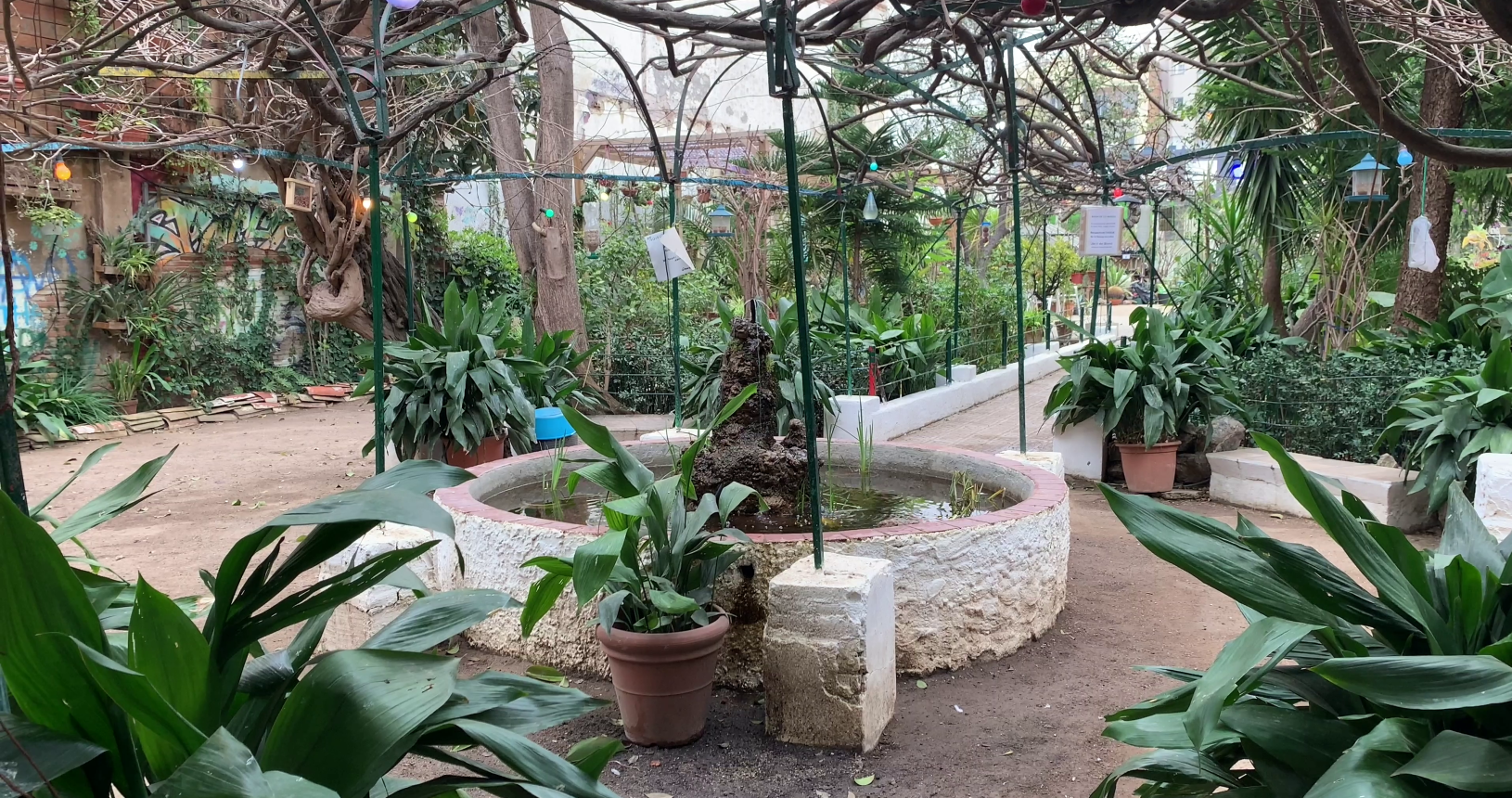
Council of Silence / Diana Jabi / 2022 / Syria – Romania – Spain / 4’33
The concept started as a commentary about living vicariously, a symptom of modern social media which, unfortunately, has been worsened with Covid. As a very introverted person, I find it ever more difficult communicating in reality, especially with the added circumstances of social distancing and keeping to your bubble.
I wanted to film fleeting glances of fenced places, private places to emphasize this feeling of inaccessibility and failure to communicate.
But then, I stumbled across a semi-secret garden, which was empty and silent, and it put a different spin on my take: I started going to all the parks I knew, the ones off the beaten path. And they were empty, quiet, perfect.
All the empty benches in the empty parks reminded me of a council of silent voices, uninhabited, abandoned. They spoke of nostalgia, regrets, unfinished histories, spleen, waiting, mourning. These liminal silent spaces talked to me of sadness which cannot be put into words, so I put it into images.
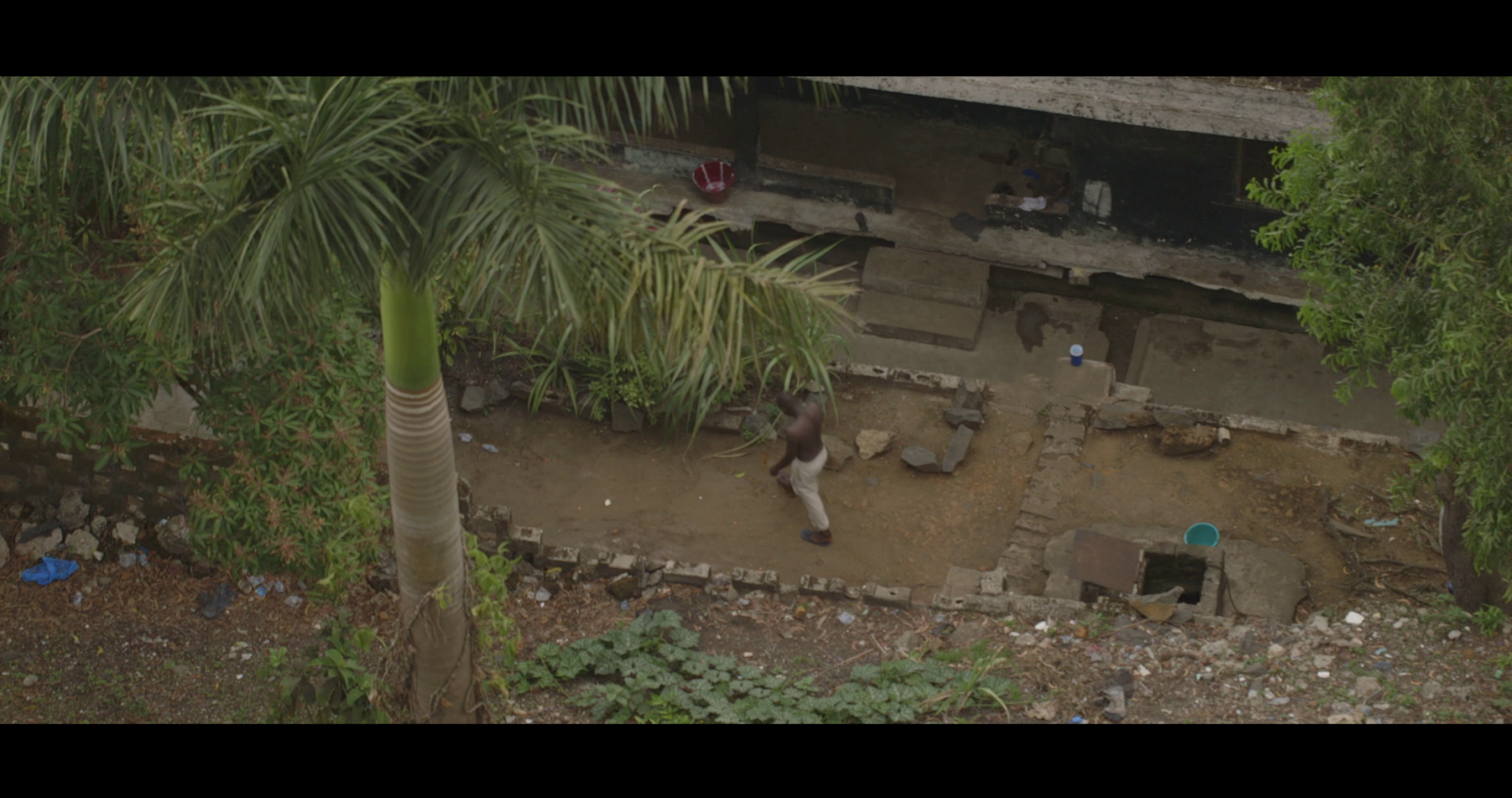
Rereading Liberian Time / Mats Hjelm / 2022 / Sweden / 8’21
When the Ebola epidemic broke out in March 2014, the simplest human touch was quickly discouraged across the three worst affected countries in West Africa. Avoiding close contact with the bodily fluids of infected individuals became imperative. In Liberia, people had to change how they greeted each other and how they said their last goodbye. It was also the last time Mats Hjelm was in the Liberian capital, Monrovia, filming for his most recent documentary film.
Unable to remain in Monrovia, Mats entrusted Preston Jackson, a Liberian social worker who is the main character of his documentary. Preston thus becomes both a protagonist and a filmmaker himself.
Now with the Covid pandemic racing through the world, the Ebola epidemic in West Africa gets a whole new meaning. It tells about the limited resources in sub-Saharan Africa and an epidemic that affected young and poor people, but also what is possible when there is a collective effort.
While the Covid pandemic is most dangerous to old people – it draws enormous resources that maybe could be spent on diseases that affect people with longer life expectancies and the preservation of the environment for future generations.
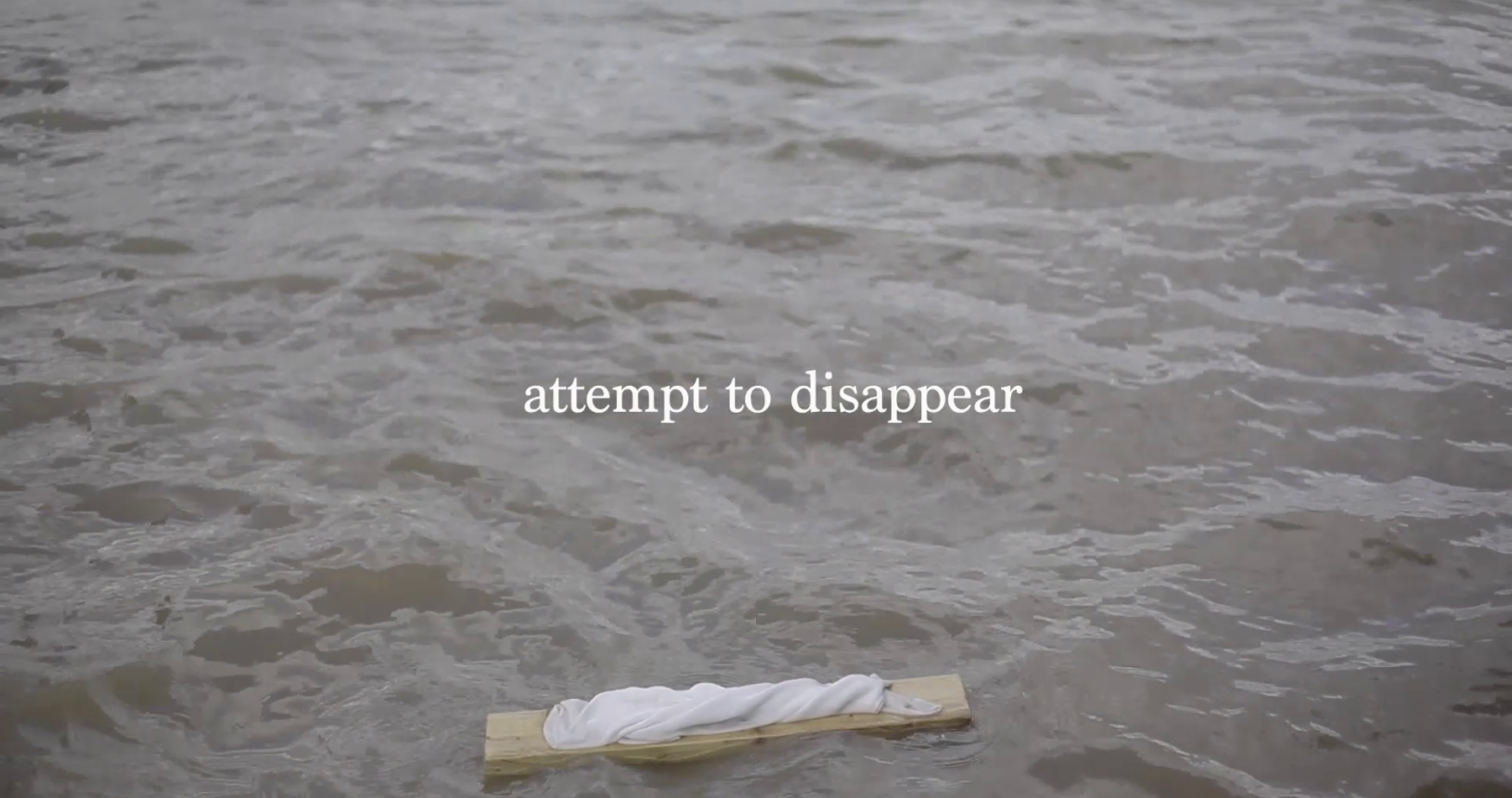
Attempt to Disappear / Anna Ill / 2021 / Spain – UK / 5’28
According to the theories of Sloterdijk, the first sphere in which we are immersed is the the mother’s uterus. We come from a lost continent in the womb, from an interior, enclosed and intimate space, in which we will constantly seek for refuge.
Attempt to disappear is an art project about the impossibility to let go of the loss. All the “lost continents” we once inhabited are no longer there, and what remains are the memories we carry. Attempts to control our inner desires and show our vulnerabilities leave us disoriented. Being lost is a way of inhabiting a space by registering what is not familiar: this “disorientation” (the orientation we do not have) can allow us to rethink the phenomenology of space.
This video installation is a reflection on the intimacy of the body, the remains of memories based on concepts of proximity and distance. It presents a dichotomy between the presence and the absence we experience daily through the acceptance of loss and control.
London, 2021, Anna Ill
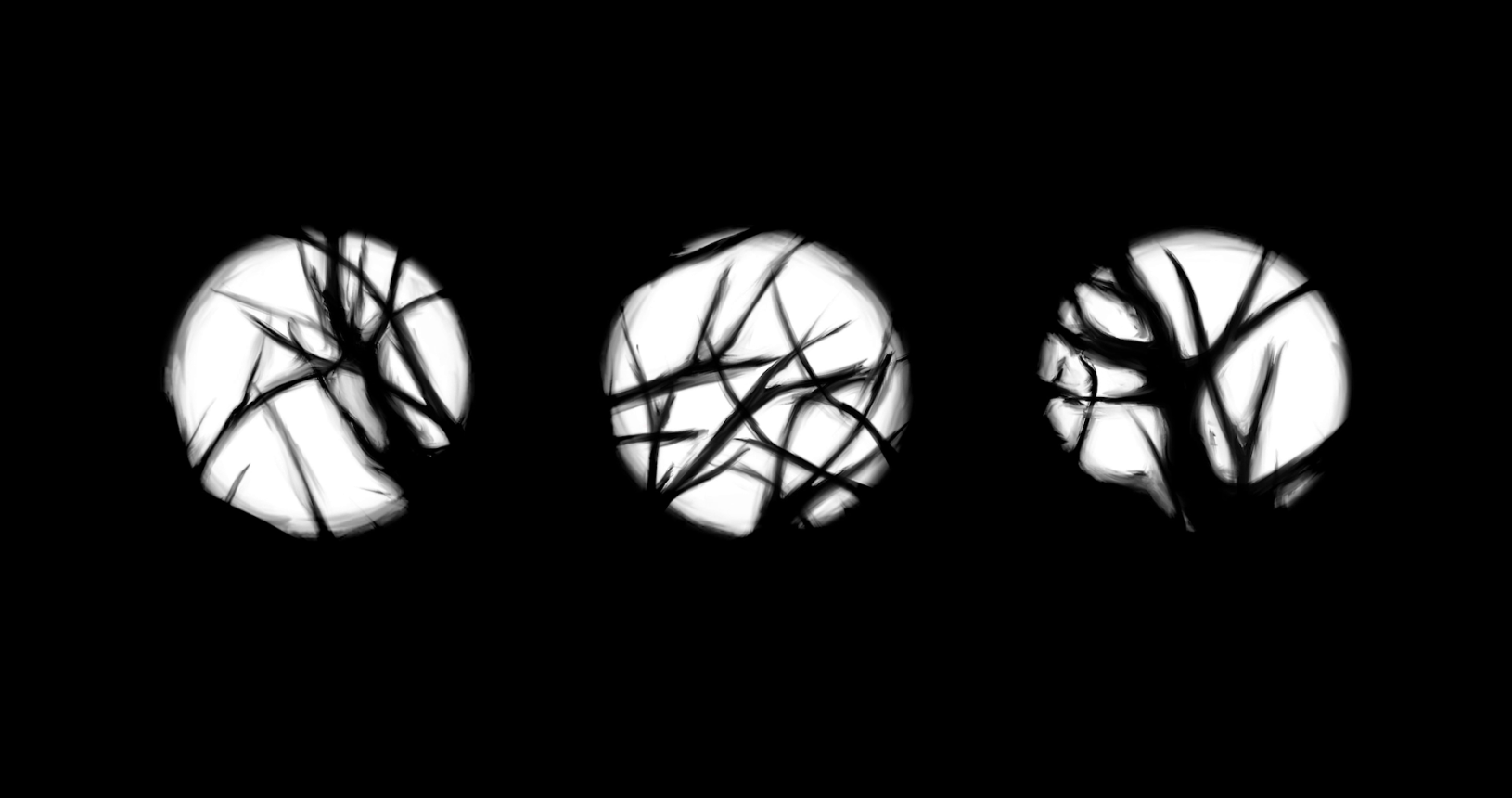
Three moons appear from three holes in the window / Muhammad Ali / 2021 / Syria – Sweden / 4’38
One night in my studio, I find myself struggling with new ideas when I notice three small lights touching my wall, reaching from three holes in my window – tiny moons inhabiting dark space. I am mesmerized as time stands still. In this instance of awareness, the holes from my window burn holes in my mind, and in my memory. Branches of light and shadow perform gestures on the wall, blessing my space. I wonder if these impressions come and go, unnoticed? Do I miss the nuances around me when my mind is preoccupied? Can I look inward to understand why moments of ephemeral light bring me so much joy? Should I search for scientific explanations?
In Plato’s cave, shadows on the wall were a reality for prisoners; not an accurate representation of the real world. But is there reality in darkness?
The tiny moons on my studio wall are somehow eclipsed and disappear. My mind questions over and over… What is really happening? The studio is dark again, and the rhythm of life returns back to normal.
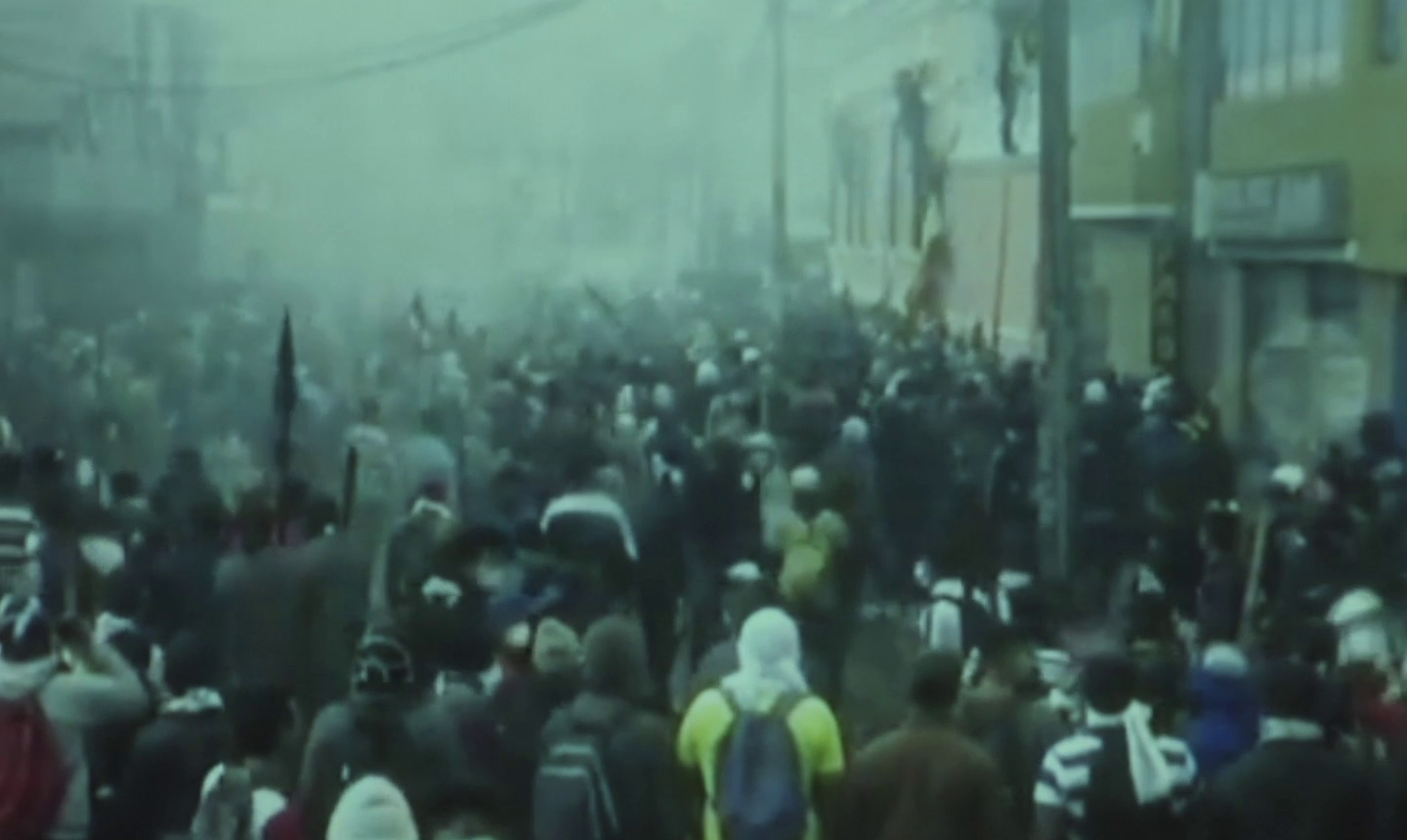
Ten laps per hour / Daniela Delgado Viteri / 2022 / Spain – Ecuador /
During the pandemic, I continued the relation with home through an ongoing research into the relationship between Ecuadorian audio-visual archives from the 1990s and the history they narrate.
Through a participatory writing methodology, Daniela Delgado Viteri initiated a series of correspondences with the Ecuadorian community in Madrid to reflect on these archives. Viteri questions the point of view of what is visible and what is left out of the picture. Through collective writing, it starts a process of group reflection where the contradictions of the representation of a country’s memory are visible while denouncing the invisibilities of specific narratives and points of view.
The video was made in collaboration with Brian Heredia, Juan Cuéllar, and Jorge Castrillo.
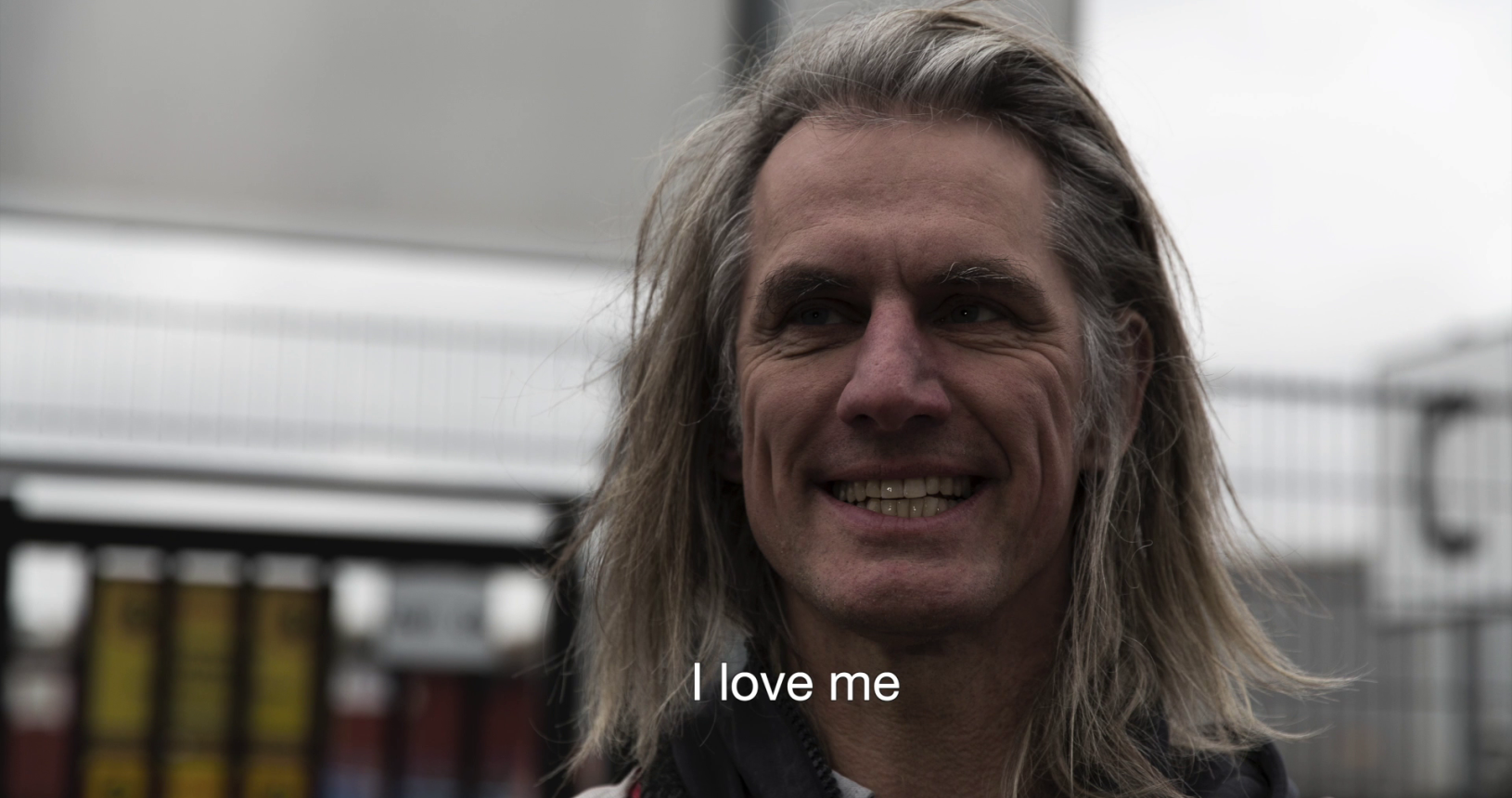
I Love Me / Felice Hapetzeder / 2021 / Sweden / 2’56
In the video I love Me, images are put together with inspiration from George Demeny’s Je vous aime – a photographic pedagogical experiment from 1891, where images were to be used as tools for the hearing-impaired. Demeny looked into the sun so that the camera could expose a photo with every lip movement while he was saying “I love you”. The photographic film’s need for light was great at the time. The educational result wasn’t successful, but the experiment became an important step towards the moving image. I love Me moves backwards in art history towards the still image and inwards towards the need for self-love; the goal of every self-help program. The invitation of loving oneself might be off-putting as most banal, yet it is one of the hardest tasks.
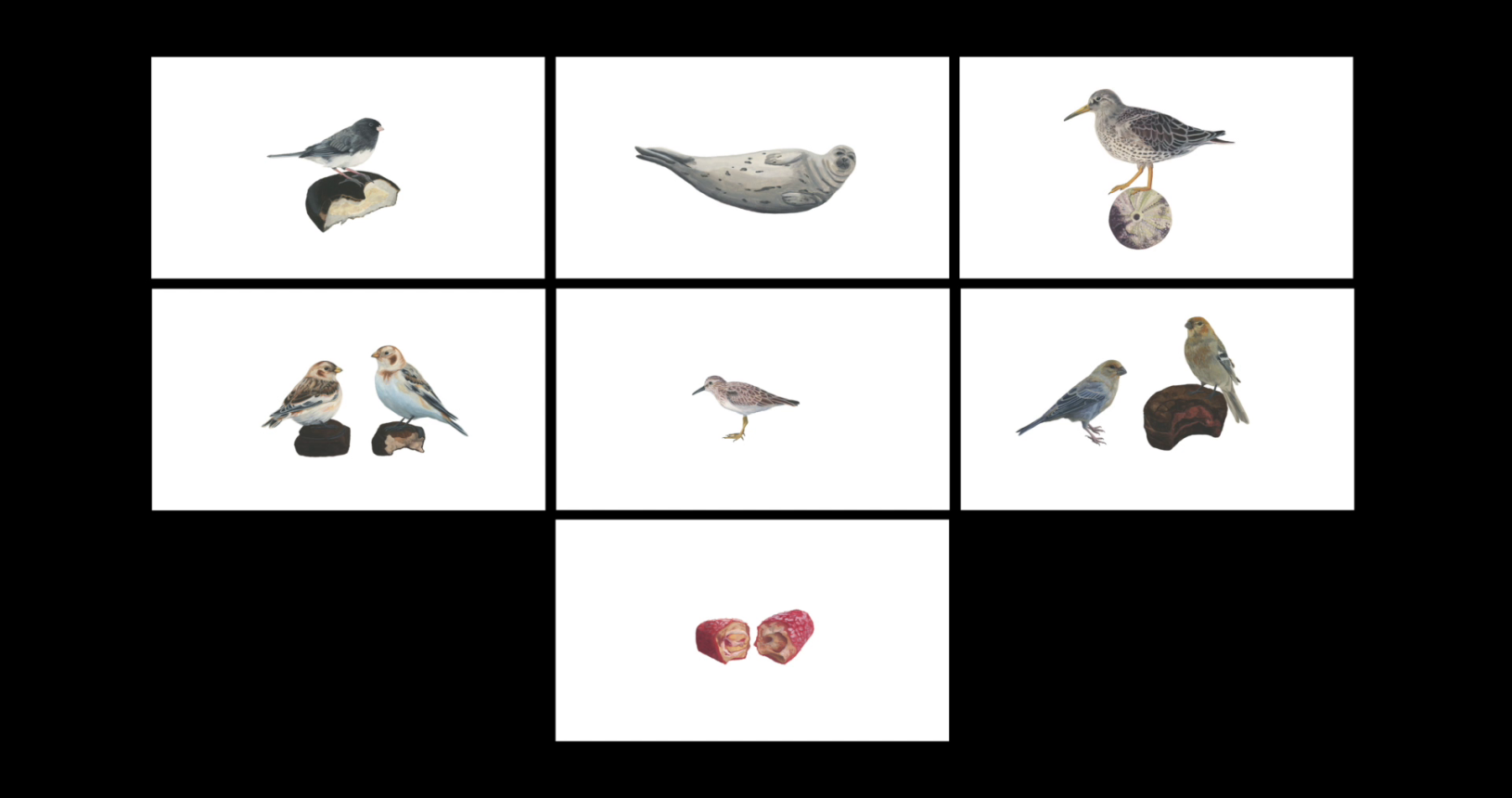
Birds of the Gaspésie / Chantal Rousseau / 2021 / Canada / 3’20
In the late fall of 2020 I moved to the Gaspésie, a predominantly rural section of the province of Quebec, to overwinter. While a homecoming to my birth province, the Gaspésie was an area that I had no ties to. By January of 2021 I found myself unexpectedly living alone in a motel under a province-wide curfew. In order to help mitigate the feeling of isolation and manage my anxiety and depression, I spent as much time as I could walking through the two coastal parks – Pointe-Saint-Pierre and Green Point – that were across the highway from where I was staying. My companions in isolation became the birds, many of them waterfowl and shorebirds I had never encountered before, and the marine life, specifically the seals who had started a colony on the rock island facing the park by the time I left the area in early April. At dusk I could hear their strange guttural calls from outside my room.
The work features animations based on watercolours of some of the birds, mammals, and snack foods that I encountered during my time in the Gaspésie.

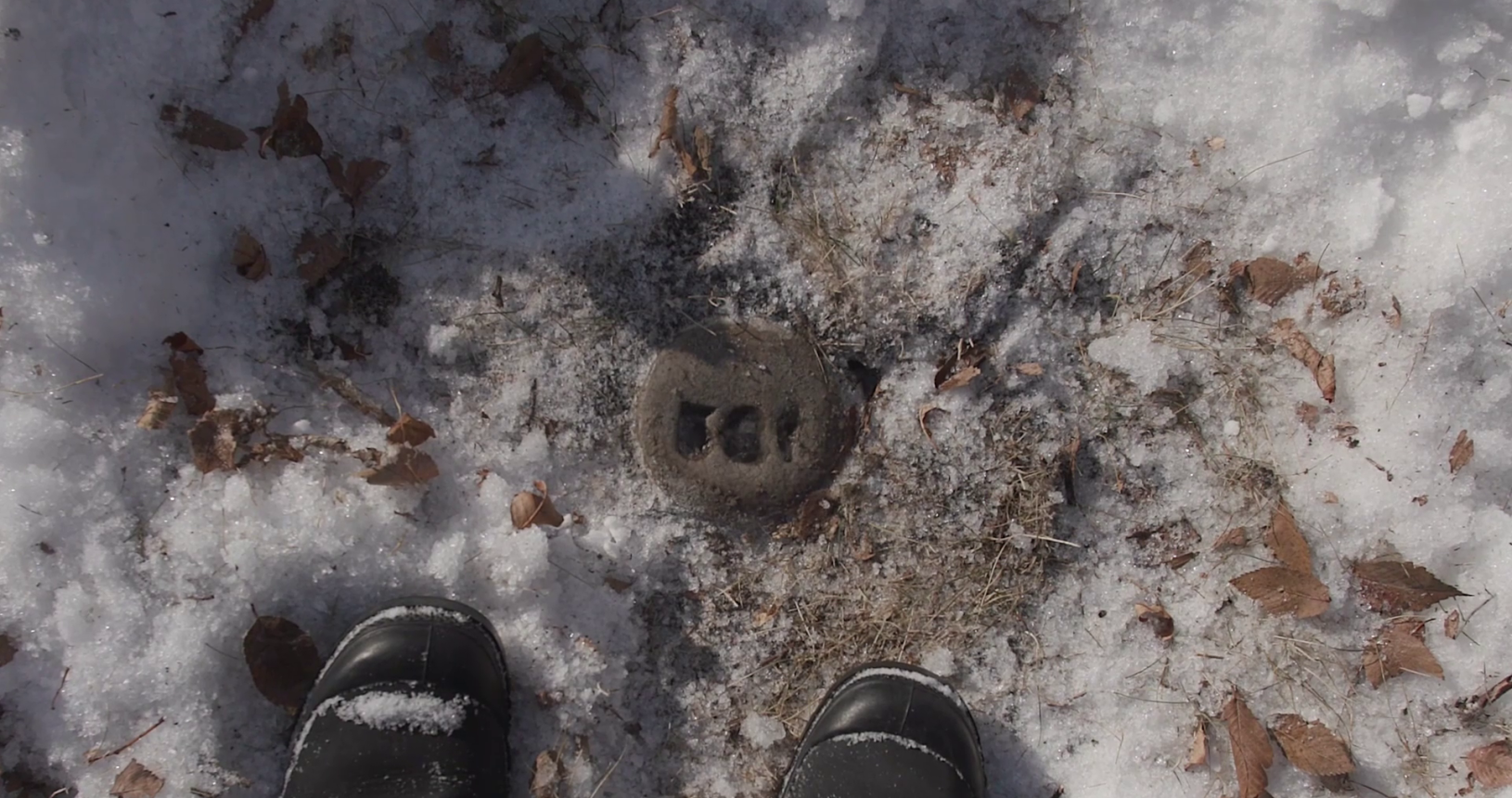
Still Presence / Tracy Peters / 2021 / Canada / 5’14
Still Presence tells the story about my relentless search for my great-grandmother’s hidden burial site. As I unearth the traumatic events of her life, my own experiences of loss, isolation and the will to keep going resurface through the meditative rhythm of digging. The distance that separates my great-grandmother from me seems to evaporate, bringing her into the present to begin again.